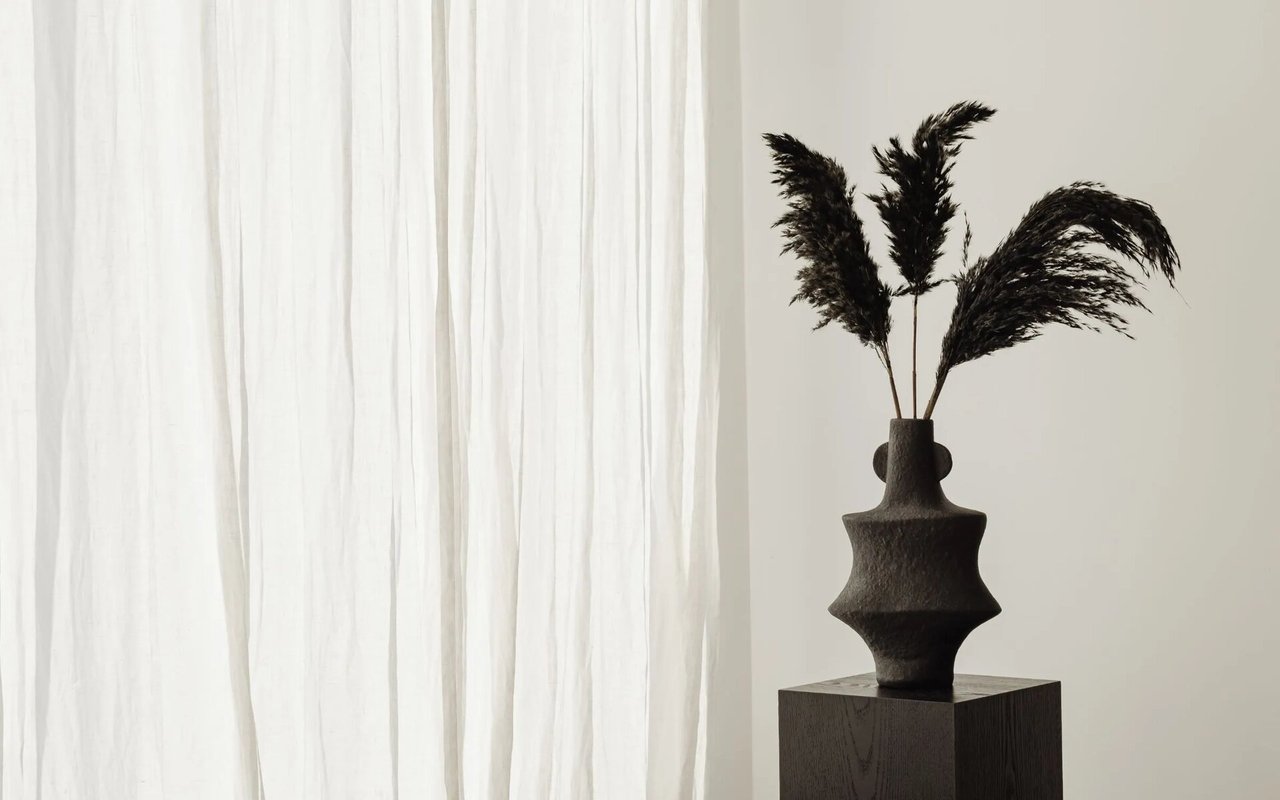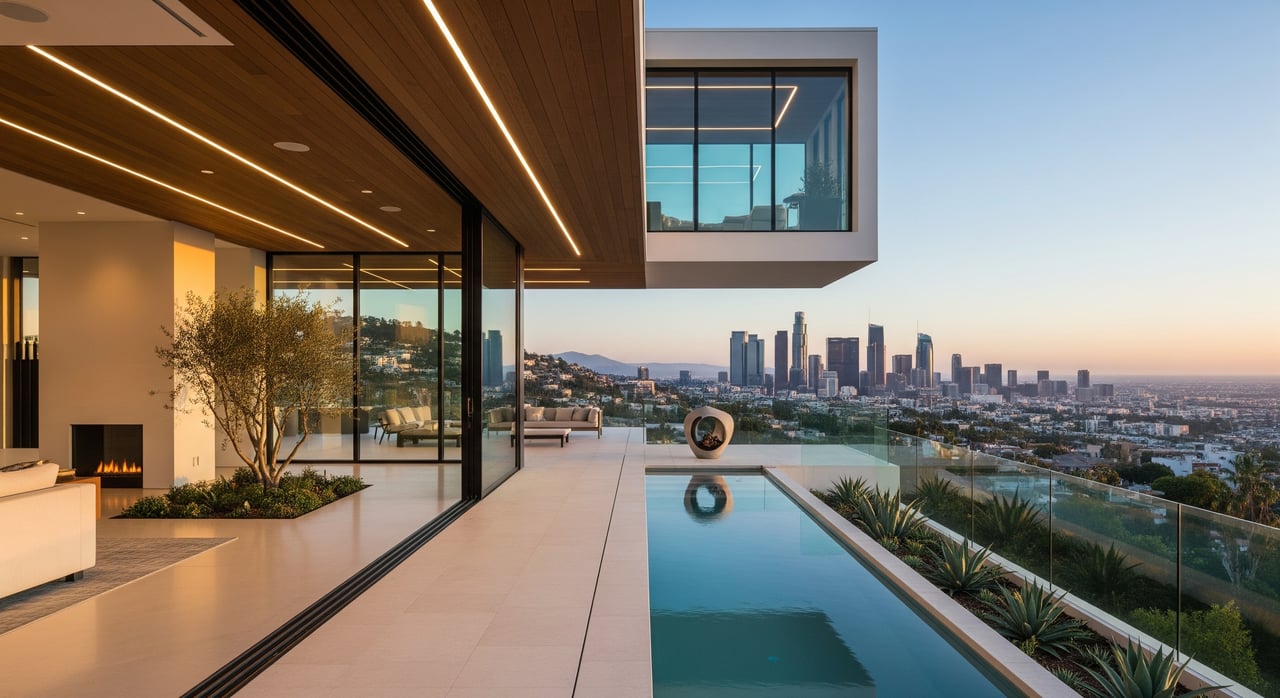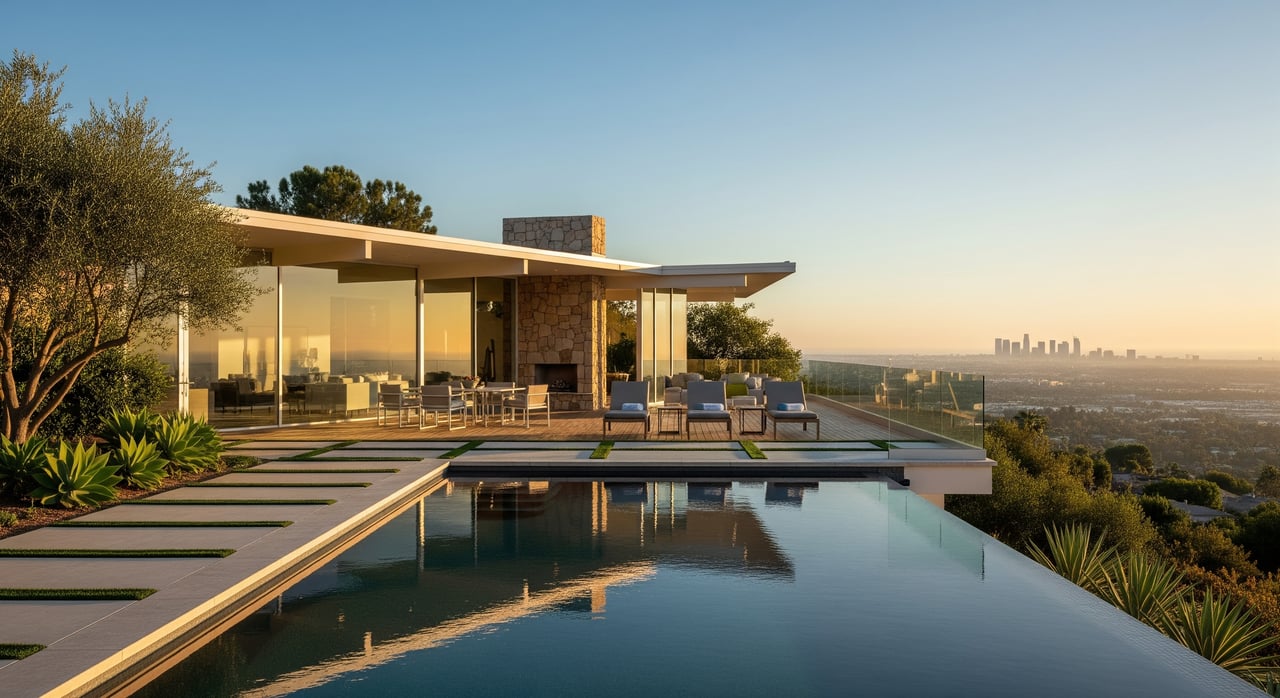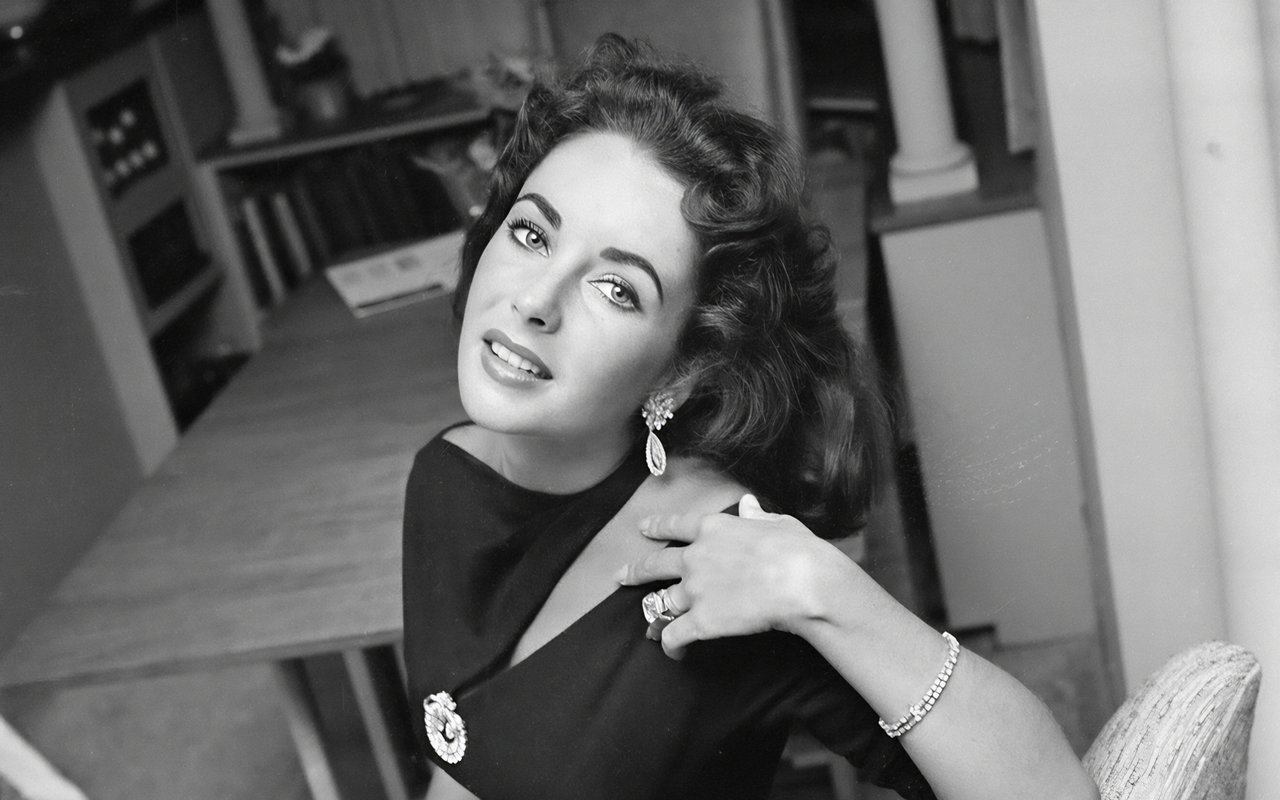
From London to Beverly Hills, take a look back at the places where the celebrated star of films including Cleopatra and Cat on a Hot Tin Roof called home over eight decades.
1932-1939: Childhood Home in Hampstead, London
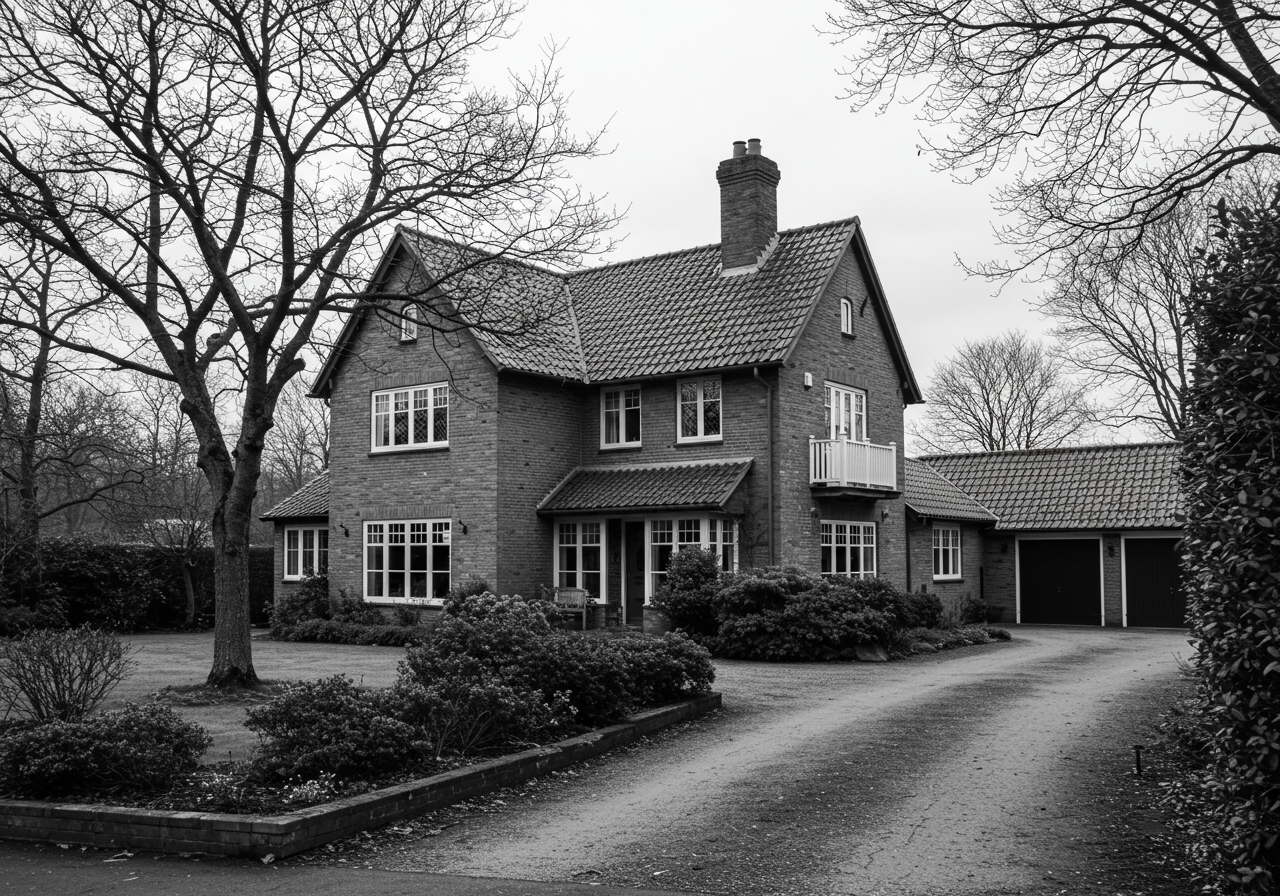
Heathwood, the childhood home of Elizabeth Taylor, in the north of London. Evening Standard/Getty Images
Elizabeth Taylor was born in 1932 in Hampstead, in the northern part of London. Her father was an art dealer and her mother was a stage actor. Both of her parents were Americans and as the United Kingdom at that time provided for automatic citizenship at birth, she was born a dual citizen. She lived in this typically English brick house until 1939 when her family returned to the United States as Europe was descending into World War II.
1939-1950: Family homes in California
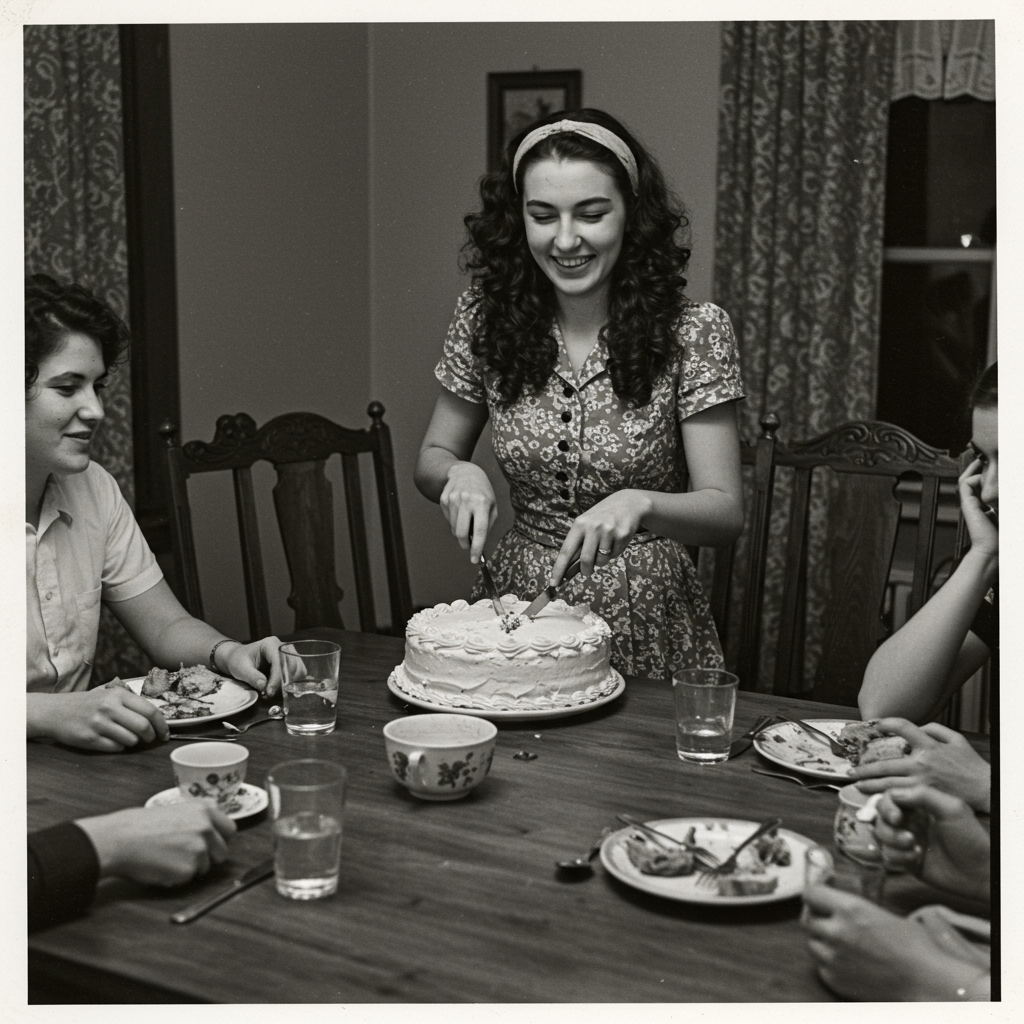
Elizabeth Taylor at the dining table in the family’s Los Angeles home around 1947.
After almost two years living in a bungalow in Pacific Palisades, the Taylor family moved into a house in Beverly Hills in 1941.
Biographer Alexander Walker described it as, “A low building in the Spanish style, with pink stucco walls and red roof tiles, it had a huge round-arched window facing the road and a dusty front ‘yard’ with an olive tree in it.” Taylor would live there for almost a decade until she married Conrad “Nicky” Hilton, Jr., the Hilton Hotels heir in 1950.
1949: Florida home of her Fiancé
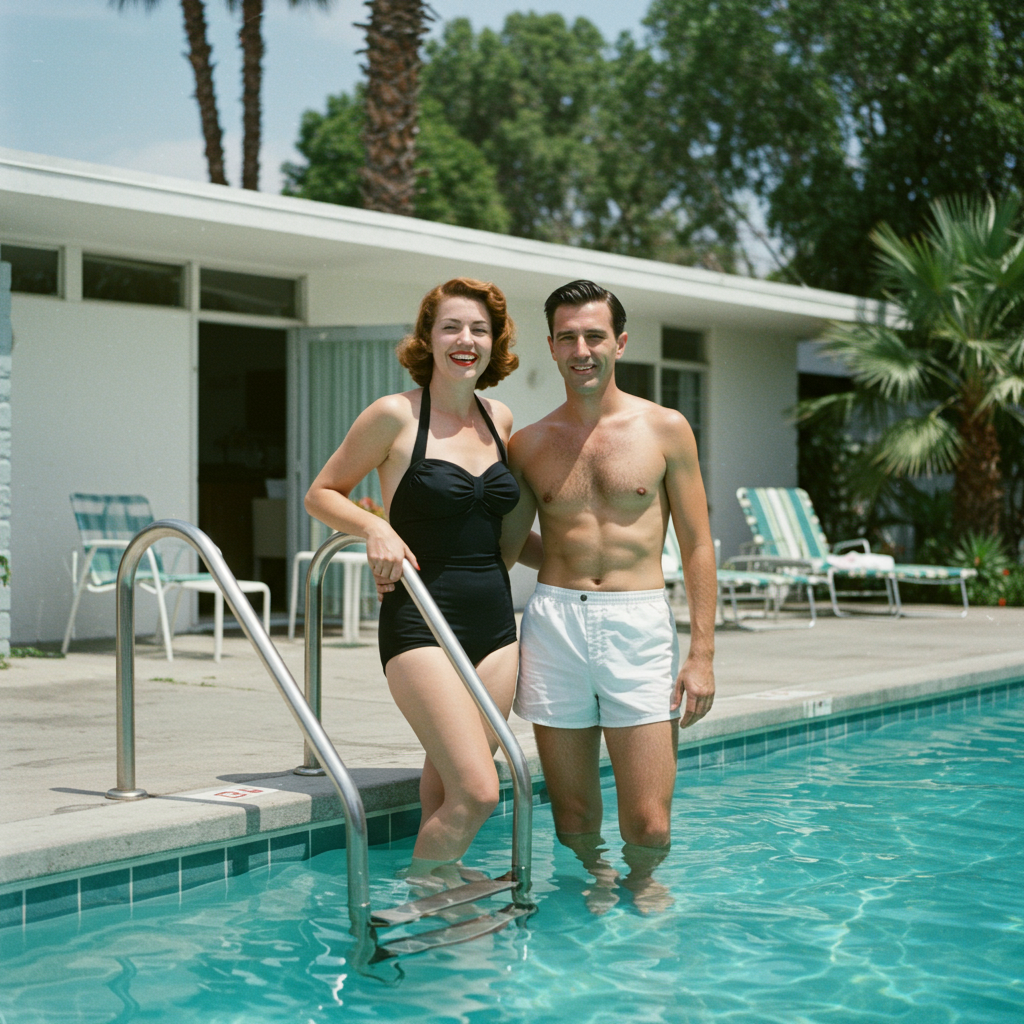
William D. Pawley and Elizabeth Taylor in August 1949, by the pool at the Miami Beach home of Pawley's father, former U.S. ambassador to Peru and Brazil.
A year before her first marriage, Taylor was engaged to William D. Pawley Jr., son of the diplomat William Pawley. The couple poses here in the Miami Beach house owned by his father. She was then 17 years old and their engagement was short-lived. Taylor then returned to California and married the Hilton heir.
The 1950s: Dream Home in Los Angeles

The clifftop mansion in Beverly Hills where she lived with then-husband Michael Wilding
After a short stay at the Hotel Bel-Air with Conrad Hilton, Taylor separated from him and then split her time between her own apartment in Los Angeles and the London residence of her second husband, English actor Michael Wilding.
They were married from 1952 to 1957), and moved in together into a beautiful house in Beverly Hills, not far from her parents. It was during this time in the 1950s that Elizabeth reached new heights of success. It saw her give acclaimed performances in Cat on a Hot Tin Roof, suddenly last summer, amongst others.
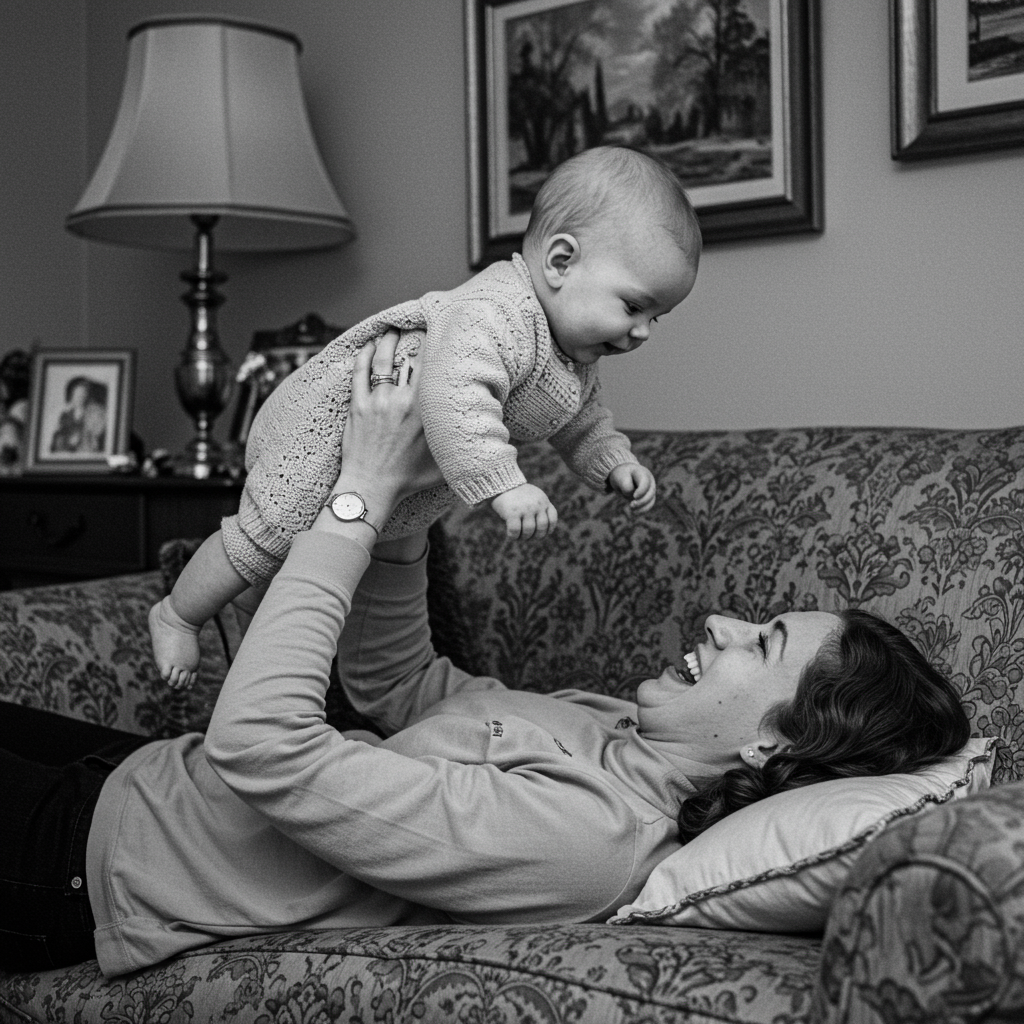
Elizabeth Taylor in her home with her son, Michael, in September 1953.
In her autobiography, An Informal Memoir, she describes the interior: “One whole wall was built of bark with fern and orchids growing up the bark, and the bar was made of stone,” she recalled. “You really couldn’t distinguish between the outside and inside. And all the colors I loved—off-white, white, natural woods, stone, beige marble. The pool was so beautiful. There were palm trees and rock formations—it looked like a natural pool, with trees growing out of it. It was the most beautiful house I’ve ever seen.”
The End of the 1950s: A Splendid Villa in Beverly Hills
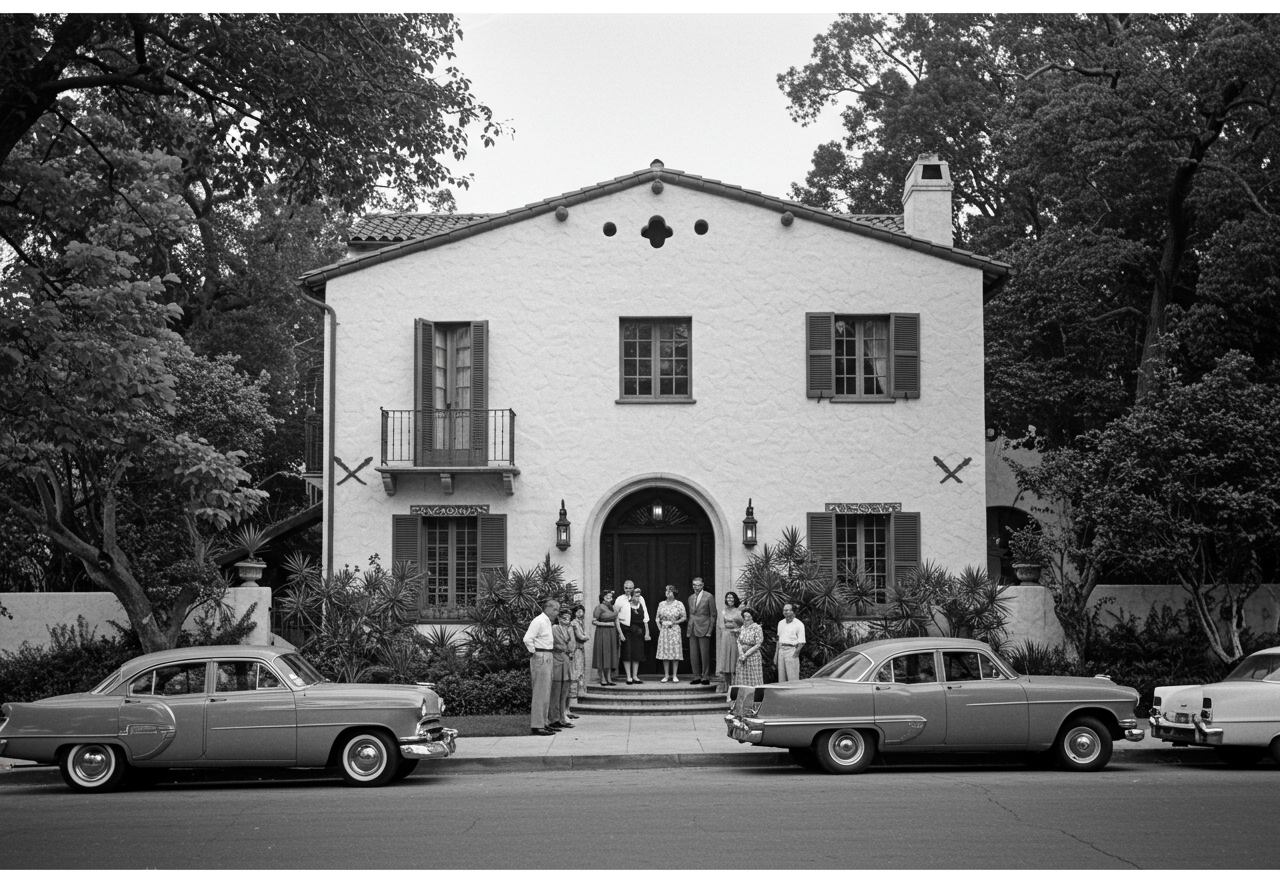
This is the house that Mike Todd and Elizabeth Taylor lived in at 1330 Schuyler Drive in Beverly Hills.
After her separation from Michael Wilding in 1957, Taylor married American producer Mike Todd, who died in a plane crash the following year.
During their short marriage, they lived in a white stucco Beverly Hills mansion in a Mediterranean style. After Todd’s death, Taylor moved back to Bel Air.
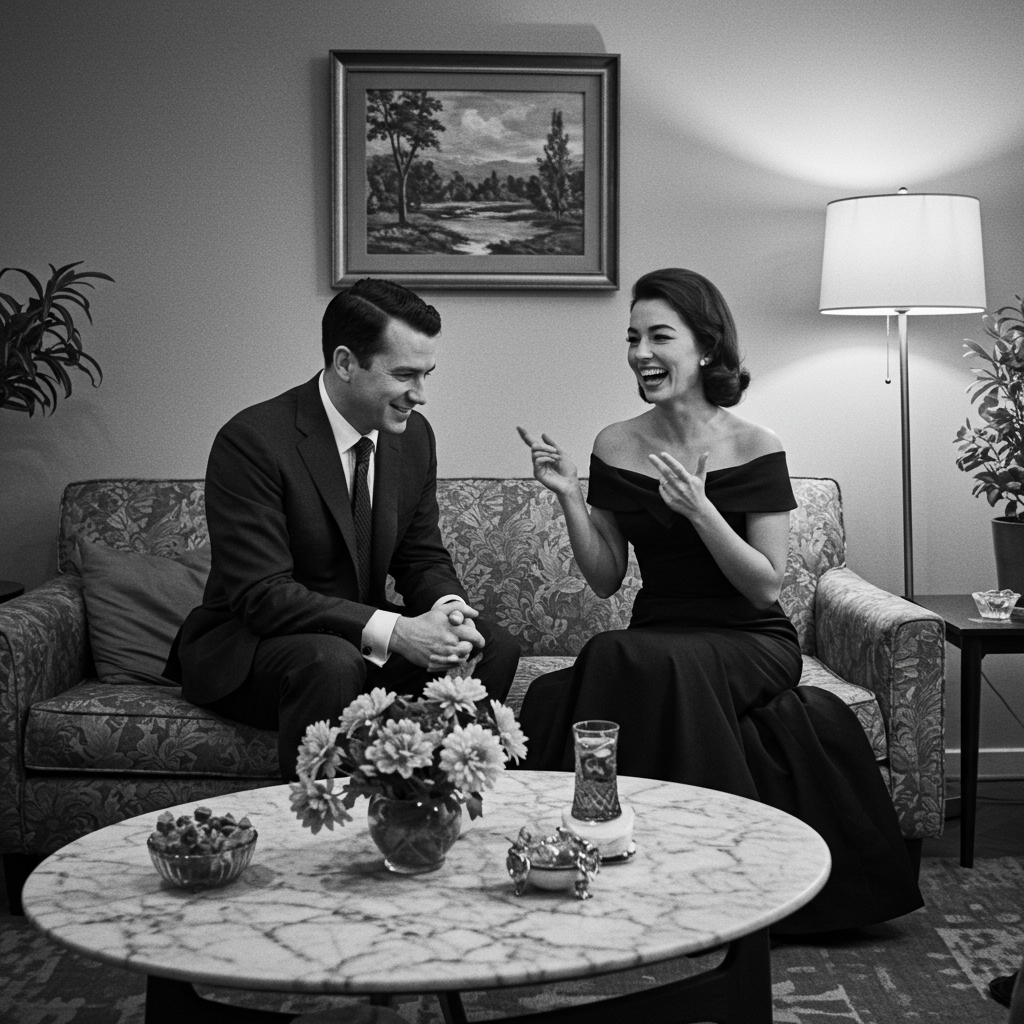
Mike Todd and Elizabeth Taylor, sitting on a couch in their home, April 5, 1957
The 1960’s to 1980’s: Multiple Marriages, Multiple Mansions
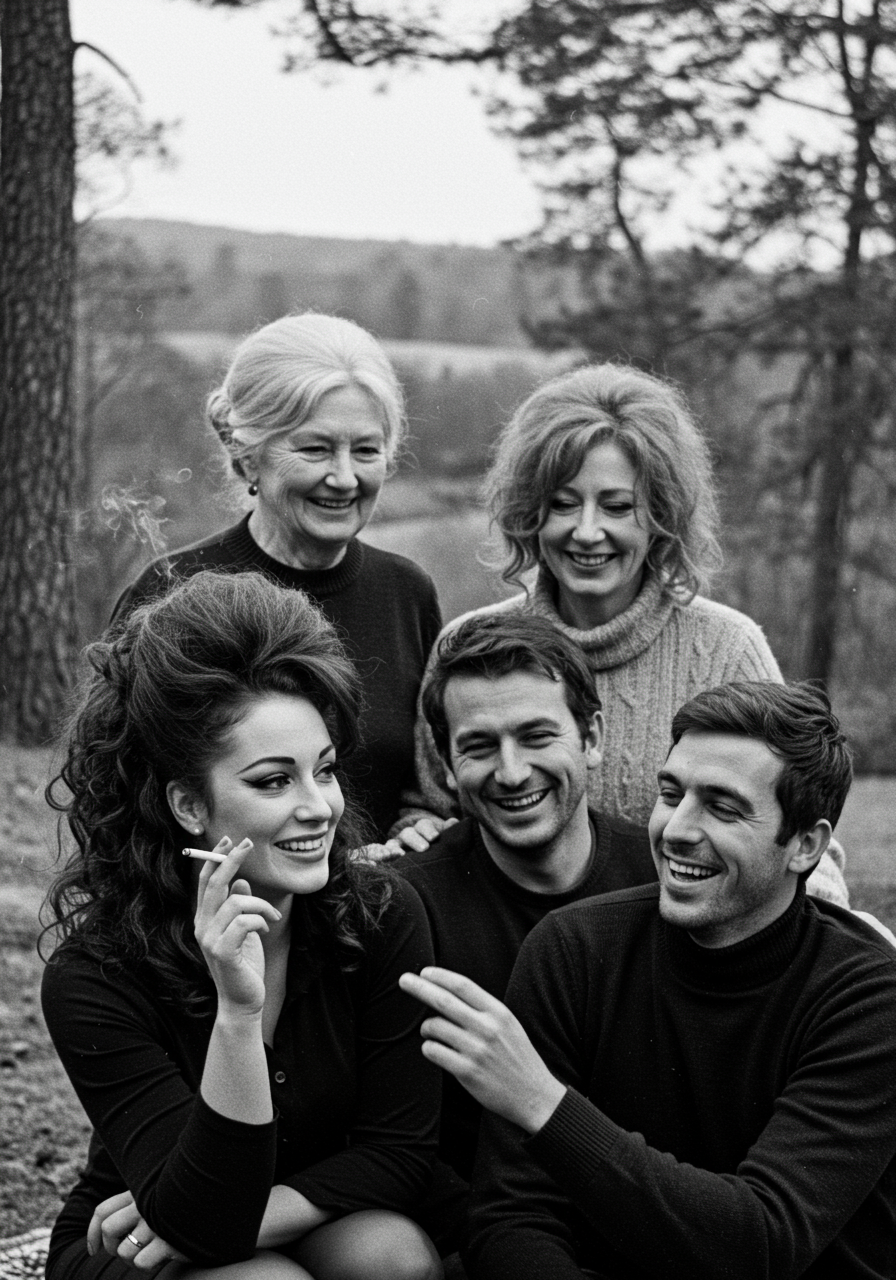
Charles Collingwood, an interviewer for 60 Minutes, seated with Elizabeth Taylor. Behind them, Richard Burton and Sara Taylor (Elizabeth Taylor’s mother), to his left, during an interview on March 13, 1970, at Taylor’s home in Bel Air, California.
The 1960s saw Taylor’s talent recognized with two Oscars for best actress, for BUtterfield 8 (1960) and Who’s Afraid of Virginia Woolf (1966). Taylor is seen here in her parents’ home in Bel Air, during an interview with her husband Richard Burton in 1970.
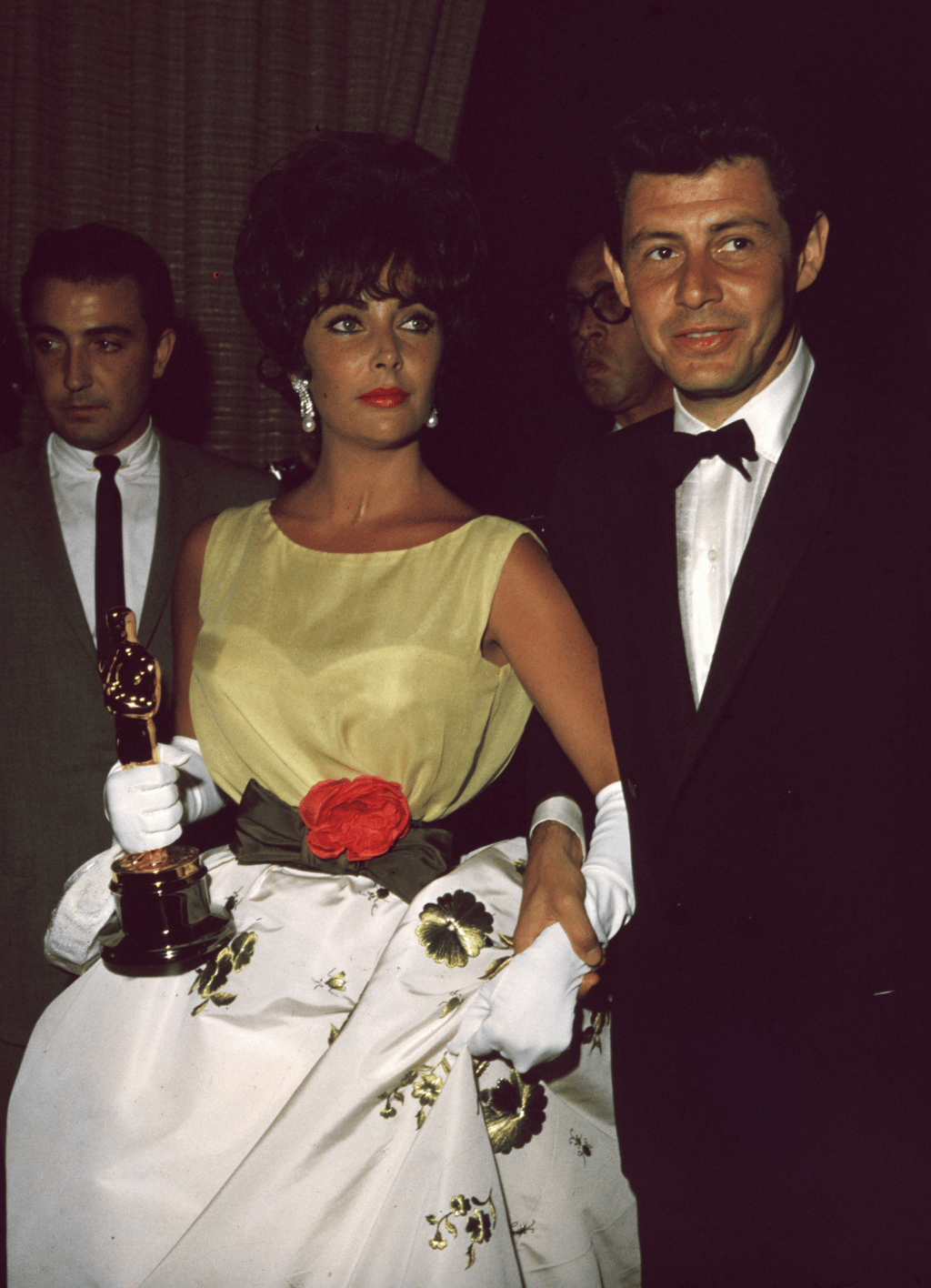
When Elizabeth Taylor won her first Oscar in 1961 for Butterfield8
Taylor was married to three different men in the period from the 1960s to the 1980s and lived in a number of different homes. She and Eddie Fisher lived in Gstaad, Switzerland.
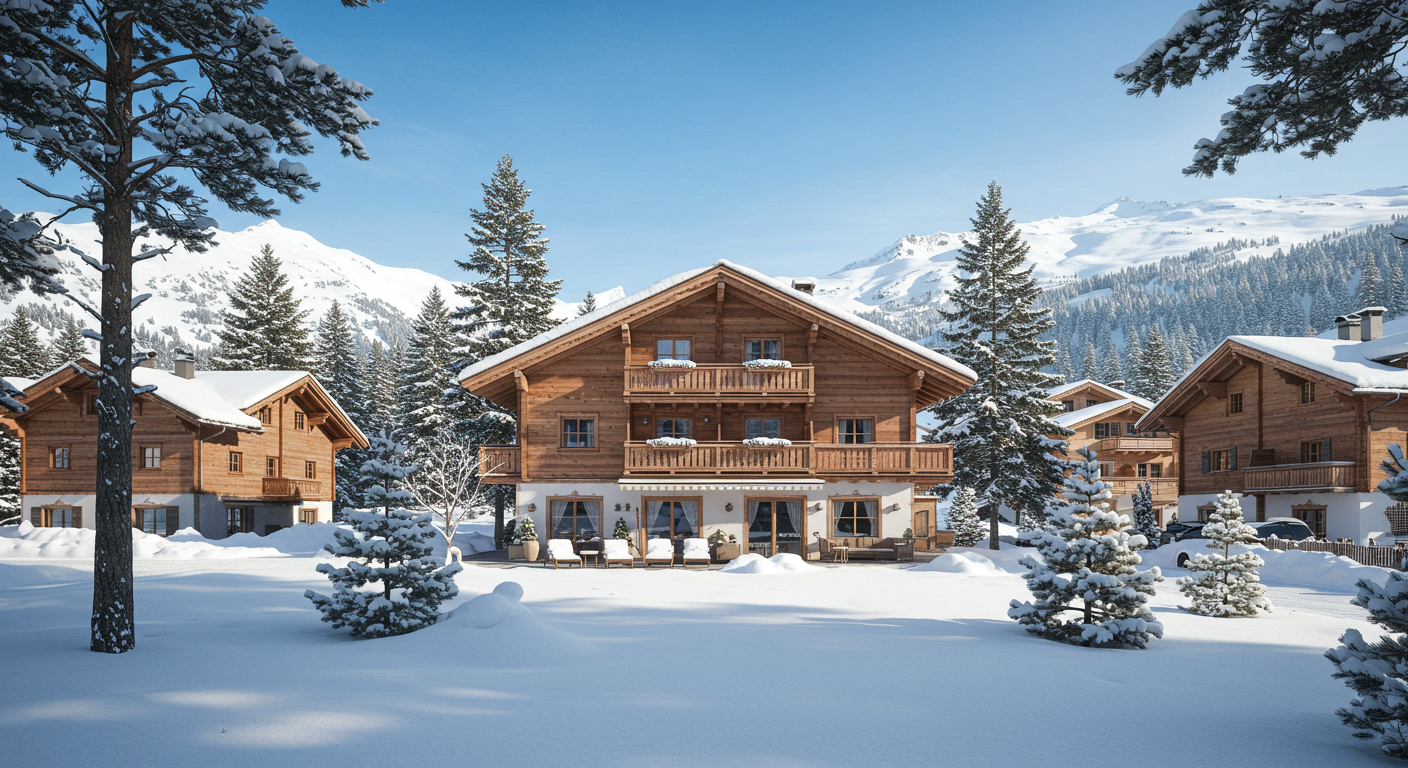
Elizabeth Taylor & Eddie Fisher’s Gstaad Chalet
Richard Burton and Elizabeth lived in Puerto Vallarta, Mexico at their estate Casa Kimberly.
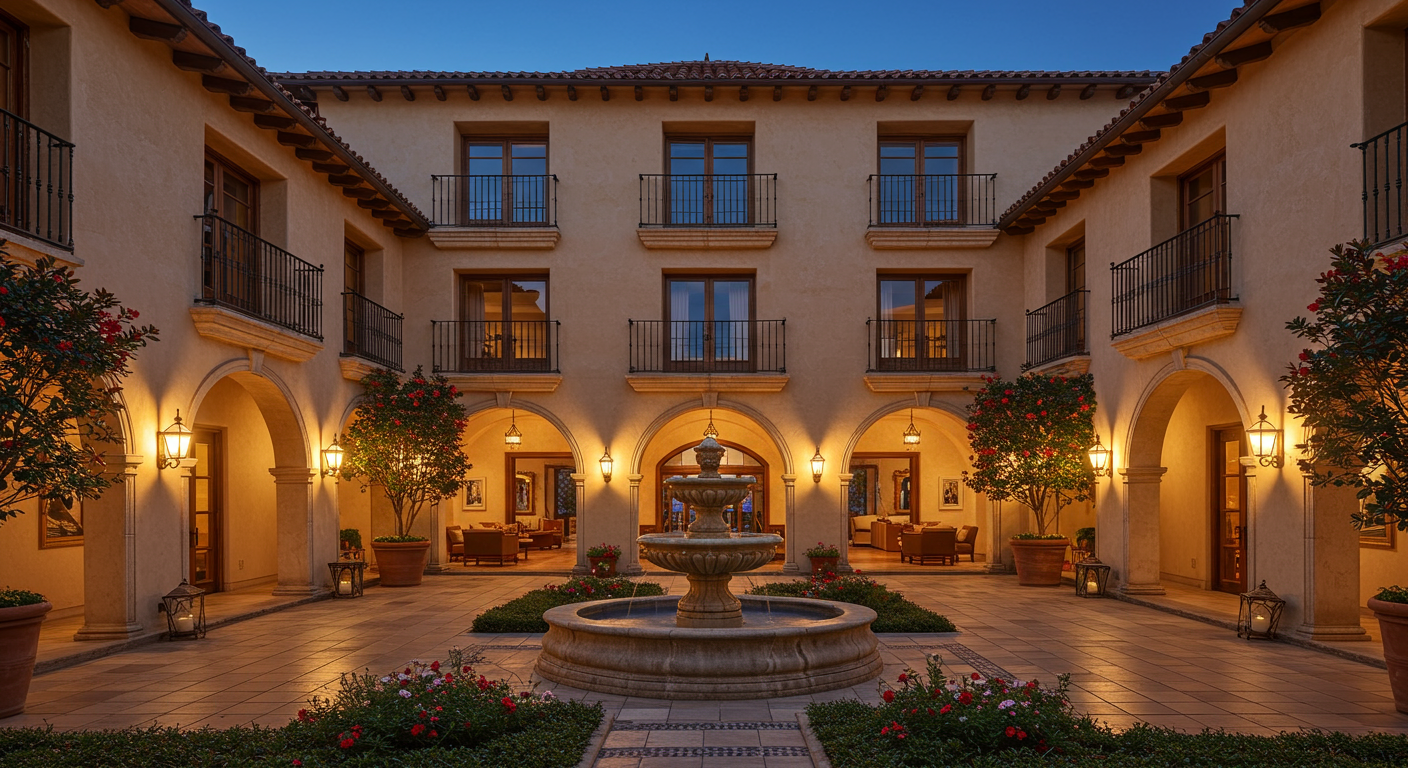
Elizabeth Taylor & Richard Burton’s Puerto Vallarta Estate Casa Kimberly
The couple would later live aboard the yacht Kalizma, which Burton purchased in 1967.

The Burton’s yacht, The Kalizma
During her marriage to politician John Warner, they lived in a mansion on a farm in Virginia.
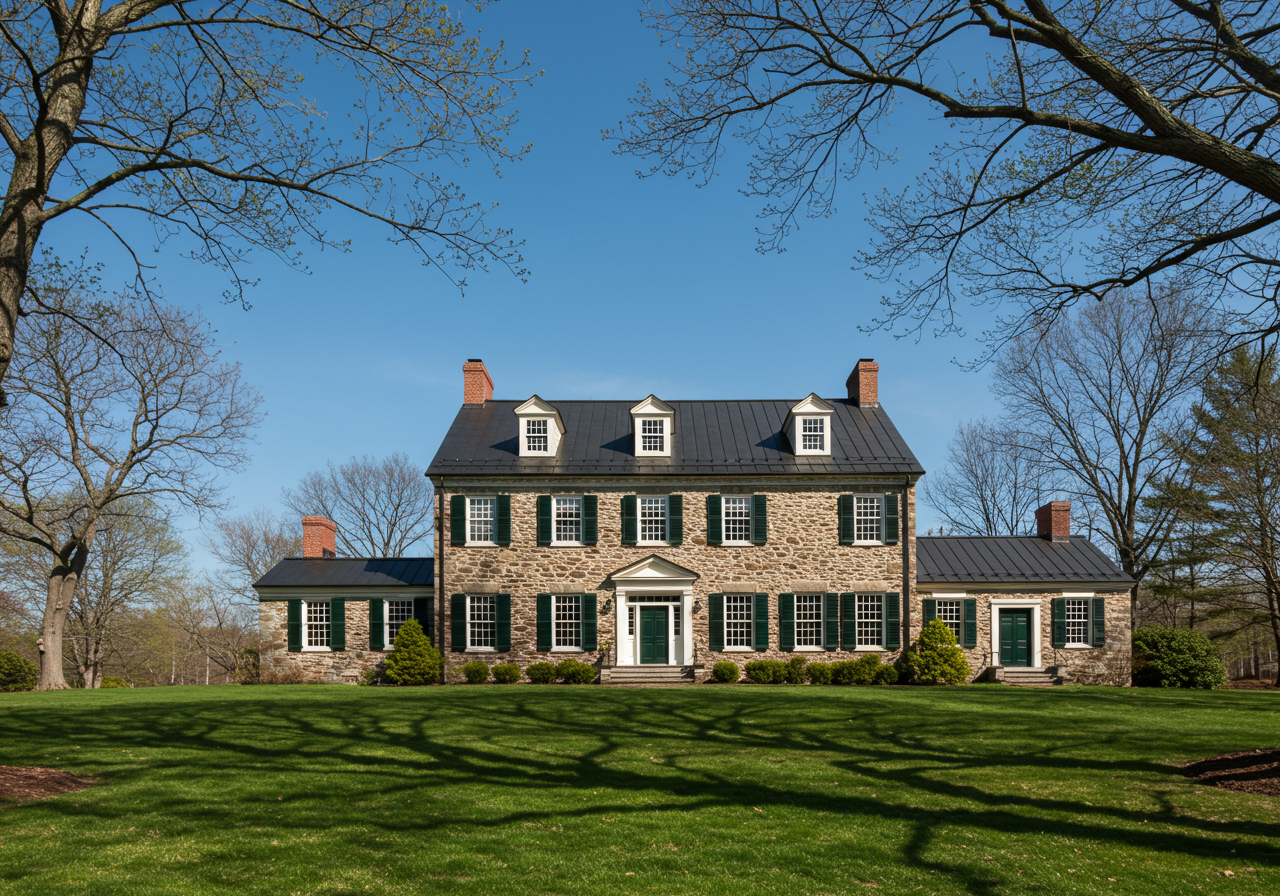
Elizabeth Taylor and politician John Warner's Atoka Farm in Virginia.
The couple also resided in a townhouse in Georgetown, Washington, D.C. During her marriage to Warner.
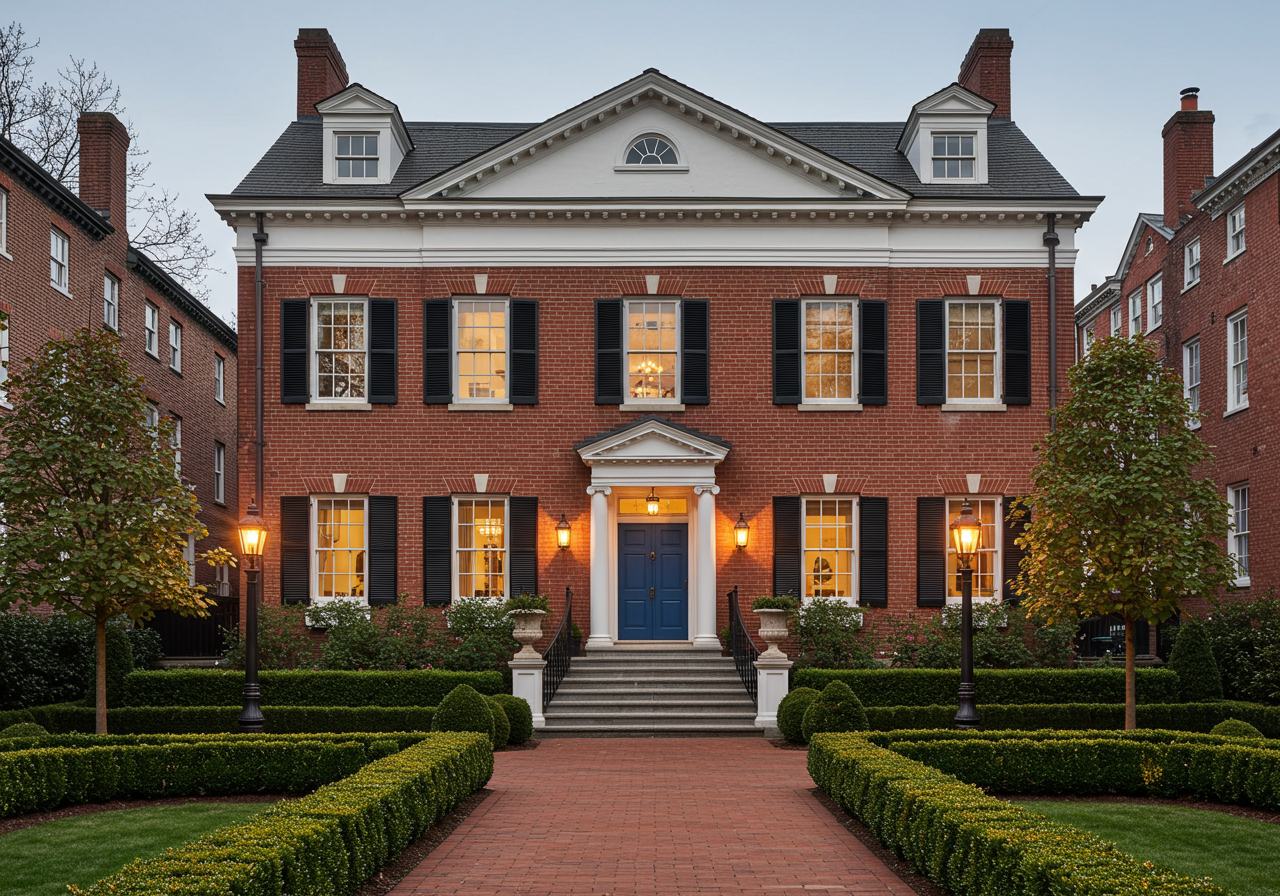
Elizabeth Taylor’s Townhouse at 3240 S Street NW, Georgetown, Washington DC
In 1981 she purchased another Bel Air mansion, this time a California ranch-style estate.
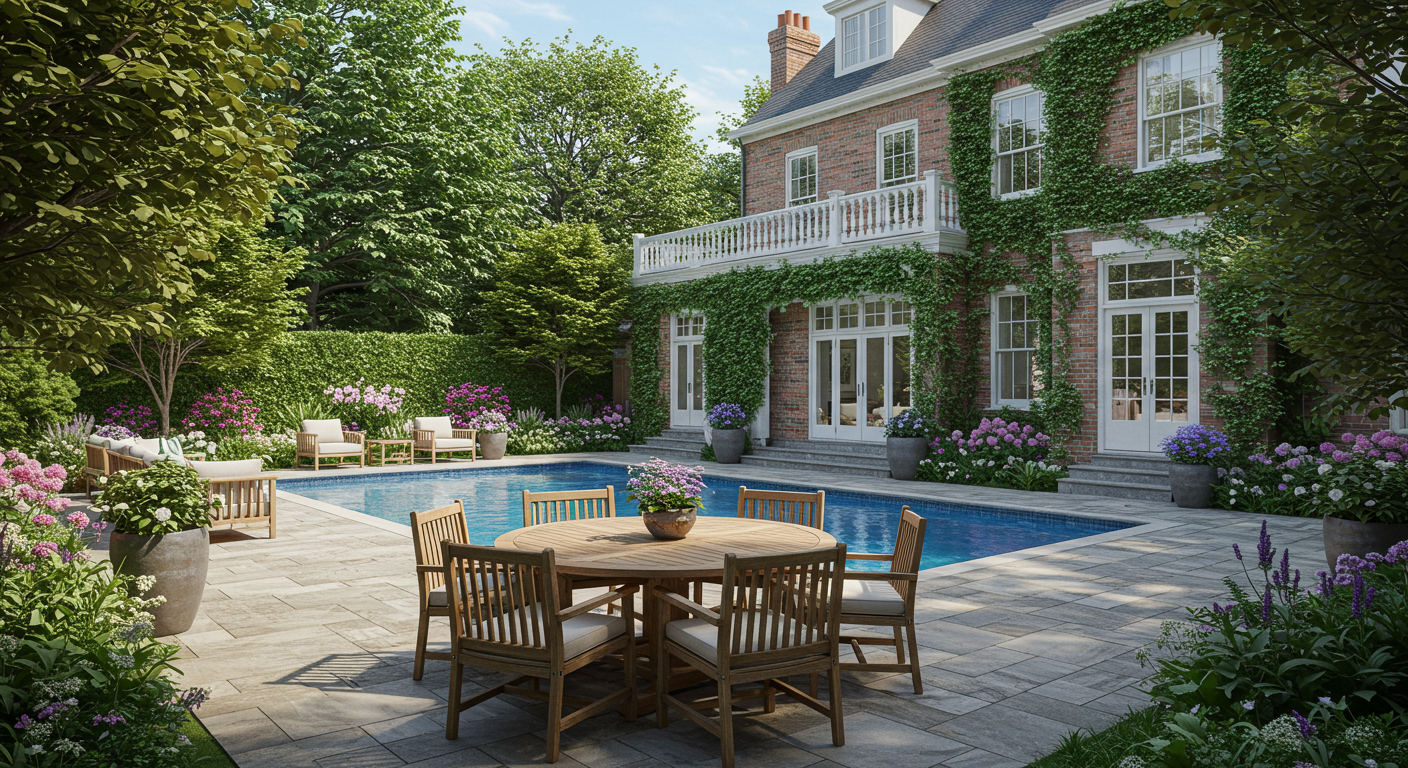
Taylor’s Bel Air California Ranch-Style Property
The photo below was taken in 1987 at the Bel Air Ranch estate.
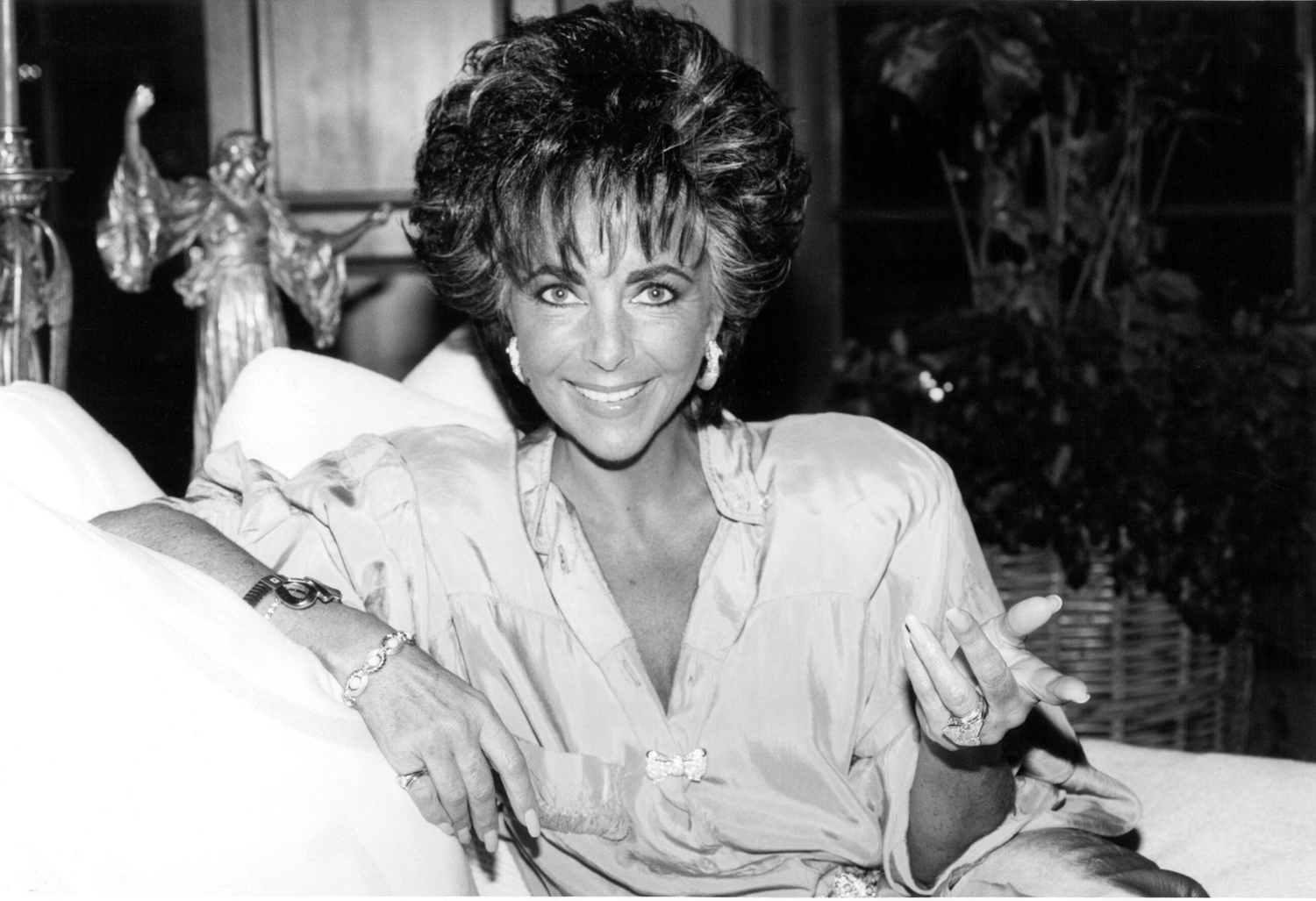
Elizabeth Taylor, seated in the living room of her house in Los Angeles in April 1987.
The 1990s to 2011: A Private Bel Air Retreat
700 Nimes Road in Bel Air was Taylor’s final house. The six-bedroom estate, which was previously the home of Nancy Sinatra, served as Taylor’s primary residence from 1981 until her death in 2011.
She worked with friend and interior designer Waldo Fernandez (who is Kris Jenner’s go-to designer) to craft the abode’s opulent interiors, and filled the home with art, including an Andy Warhol portrait of herself on the living room wall.
The dwelling featured a trophy room, where Taylor kept the many accolades she accrued over her decades in show business.
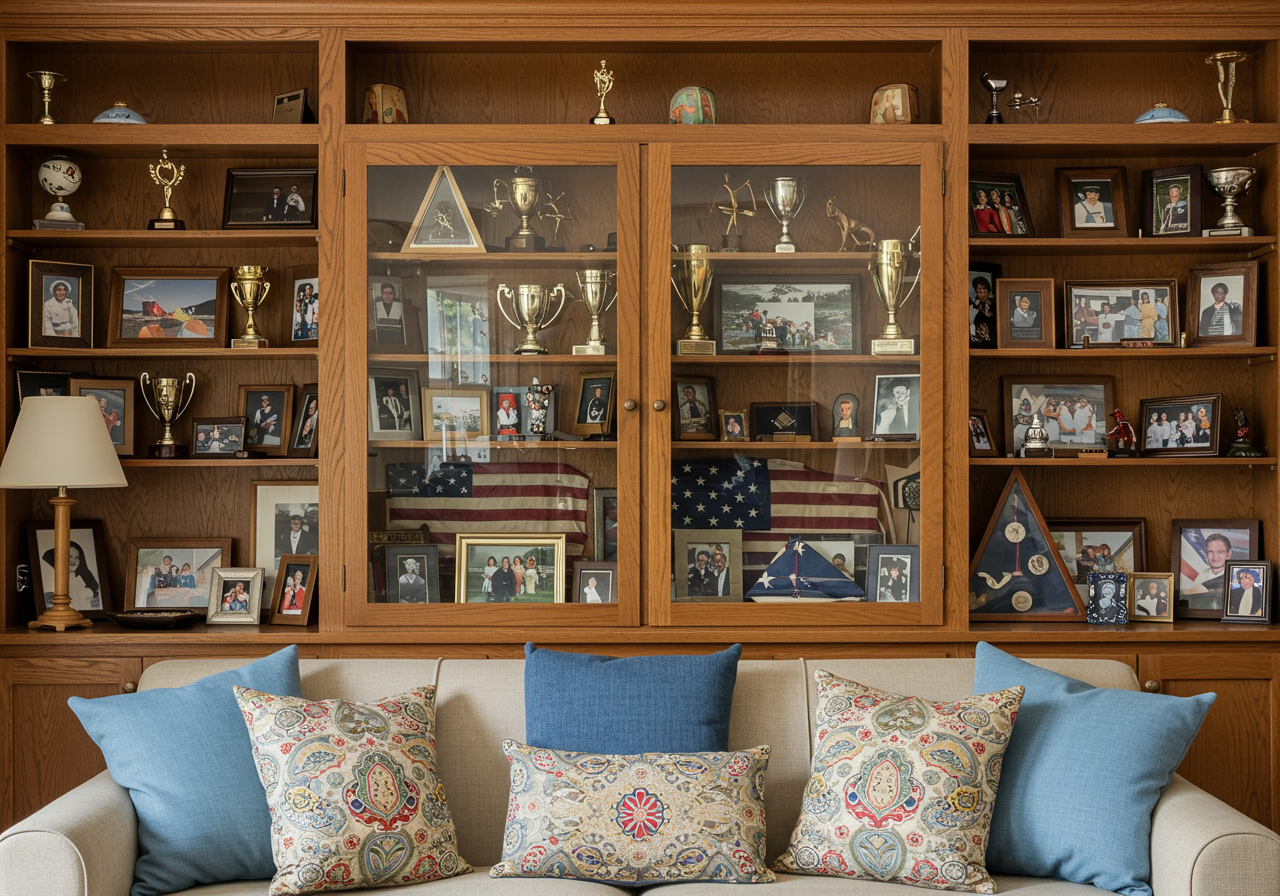
Taylor’s trophy room at 700 Nimes Road
Her favorite is a dressing room with “thousands of shoes,” per friend and iconic fashion designer Valentino.
Or most importantly, one of the world’s most valuable jewelry collections.
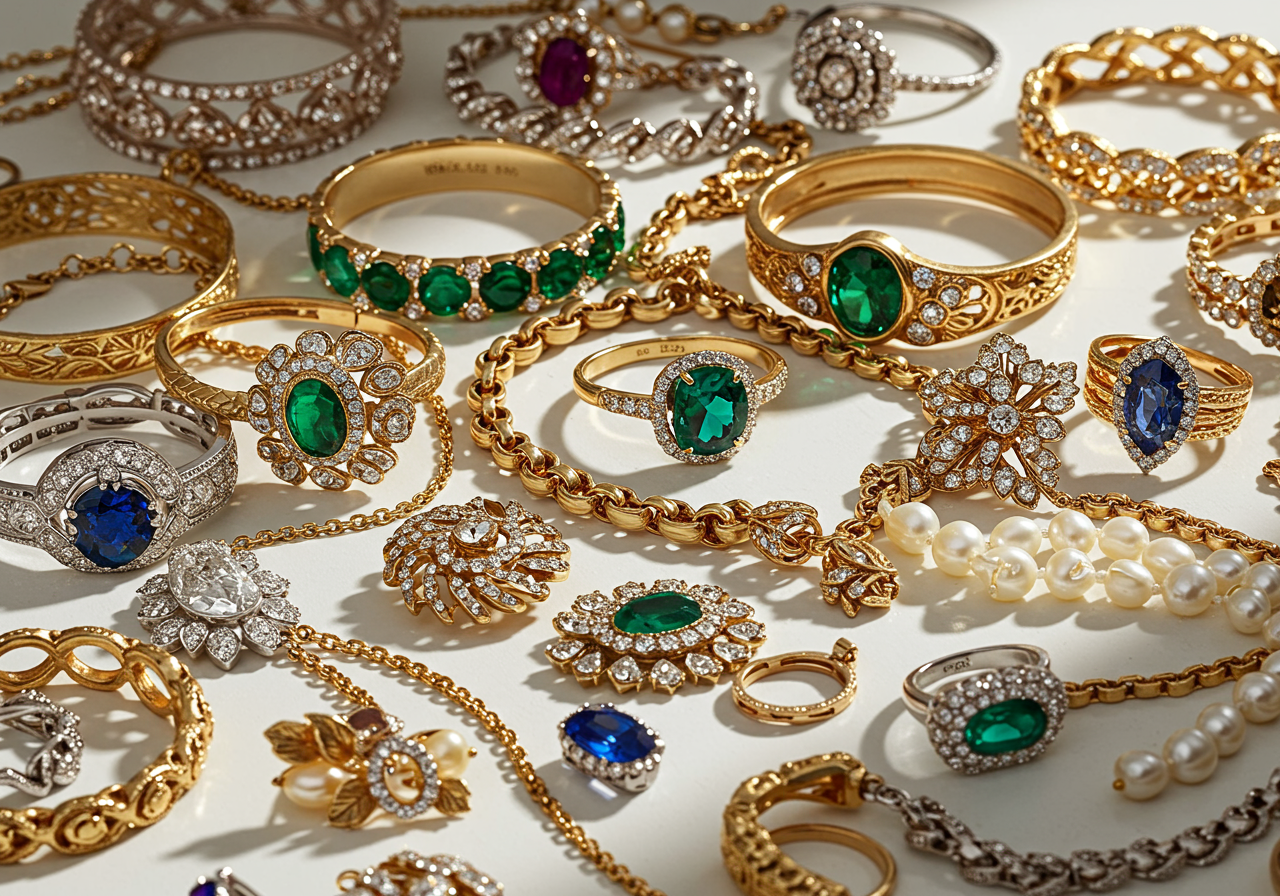
700 Nimes Road: Catherine Opie
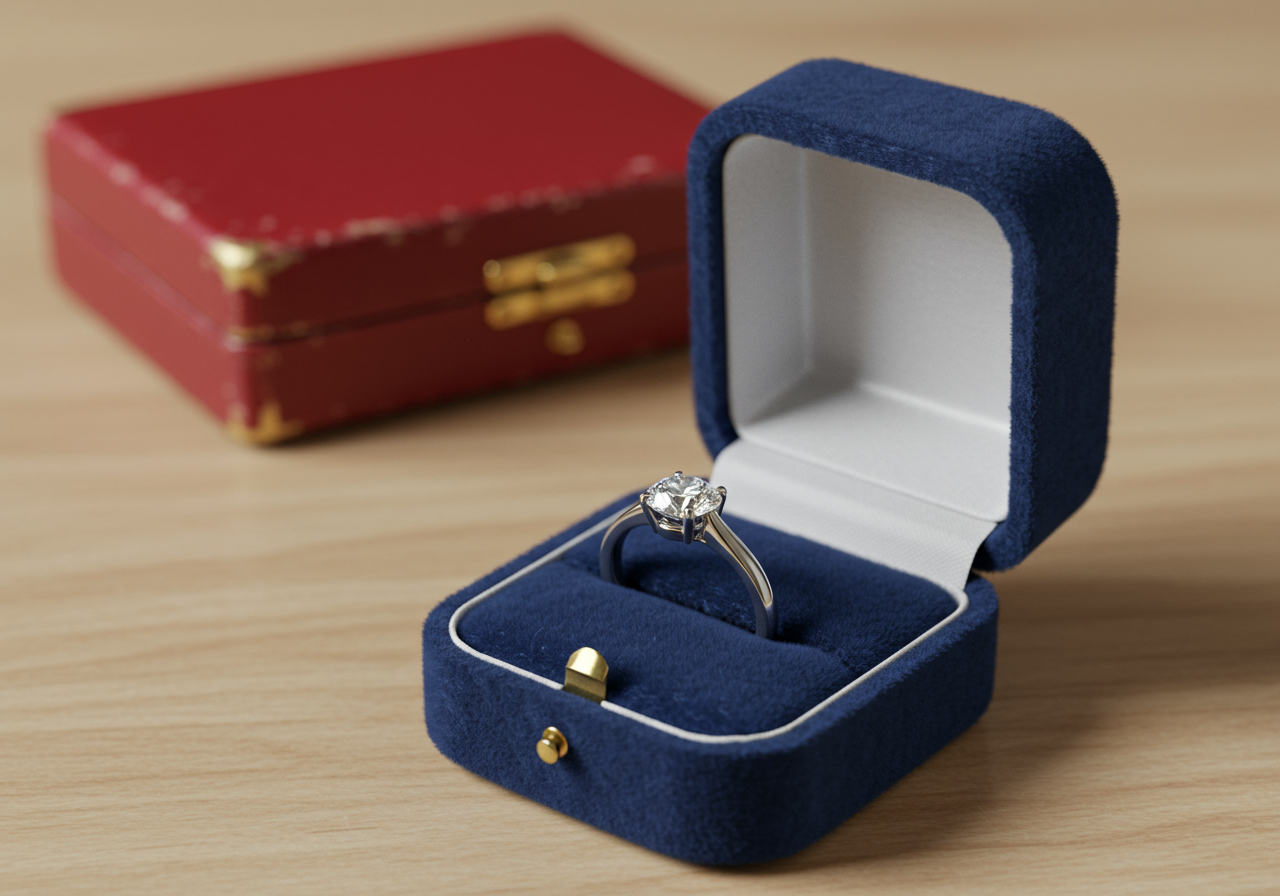
CATHERINE OPIE, Krupp Diamond from the 700 Nimes Road Portfolio, 2010-11
In the months leading up to her death, however, Taylor agreed to a wholly different portrait. LA-based artist Catherine Opie, renowned for her contemplative, color-saturated photographs, SHE was granted entry into Taylor's Bel-Air home to photograph its interiors. 700 Nimes Road.
Opie's builds a portrait of Taylor through her belongings, from the extraordinary to the banal. With their owner conspicuously absent from the images, a fact that becomes all the more poignant when we learn that Taylor died part-way through the project, is iconic.

Andy Warhol to Elizabeth (Self-Portrait Artist), from 700 Nimes Road
On Her Favorite Images From the Series
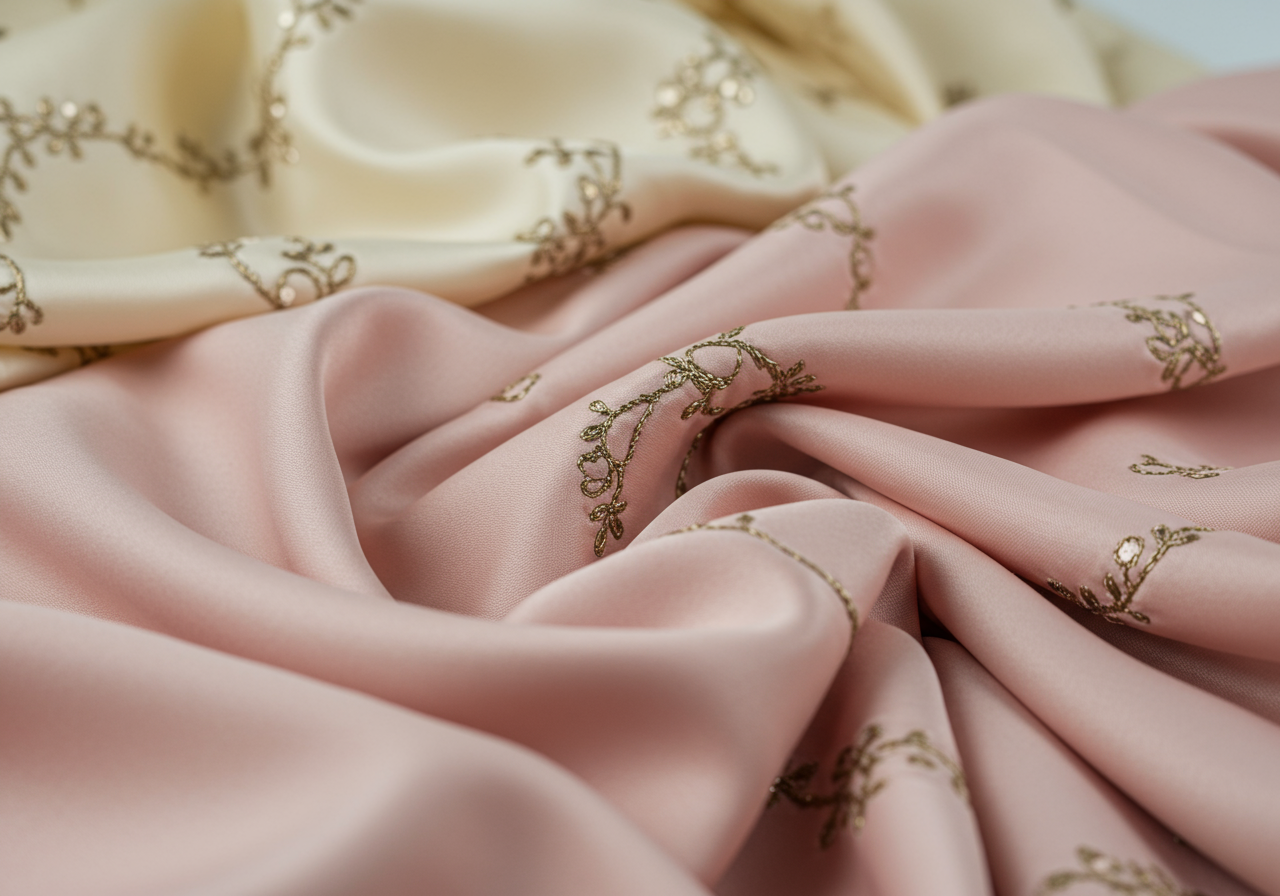
Catherine Opie, Balloon Shades from the 700 Nimes Road Portfolio, 2010-2011
“I love the large format photographs of the clothing in the closets. They're slightly larger than life, and they almost become painterly and baroque in their use of color and texture. I also love the photograph of the pink drapes in the balloon shape, this voluminous pink silk that is the pink of the body's most tender parts. It sort of looks like boobs or buttocks, and Cathy has really zoomed in on it, and almost abstracted it. There's a great photograph of an oval mirror with a somewhat ornate, gilded frame, too, and in the reflection, you can see the handbags in the closet. If I had to steal two photographs out of the show, it would be the handbags and the curtains.”
On Taylor's Infamous Jewelry Collection
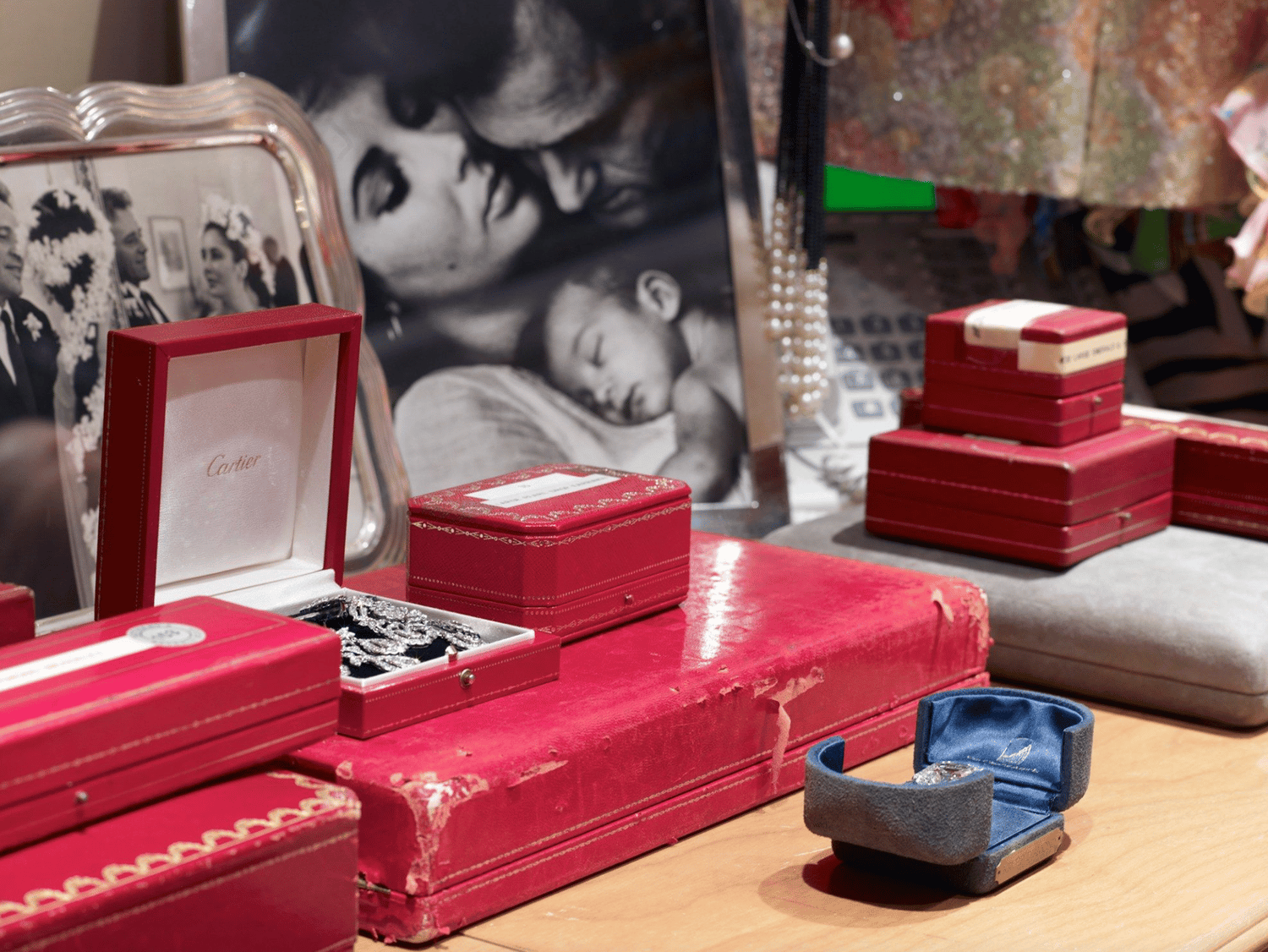
"Catherine racked the focus on those and it's really about the refraction and reflection of light through the diamonds. I think she was very wary of how overdetermined that JEWELRY is. Again, I don't really know how she was able to escape the tang of voyeurism in the interior, but I think the only way to escape it with the jewelry was to not come at it head-on."
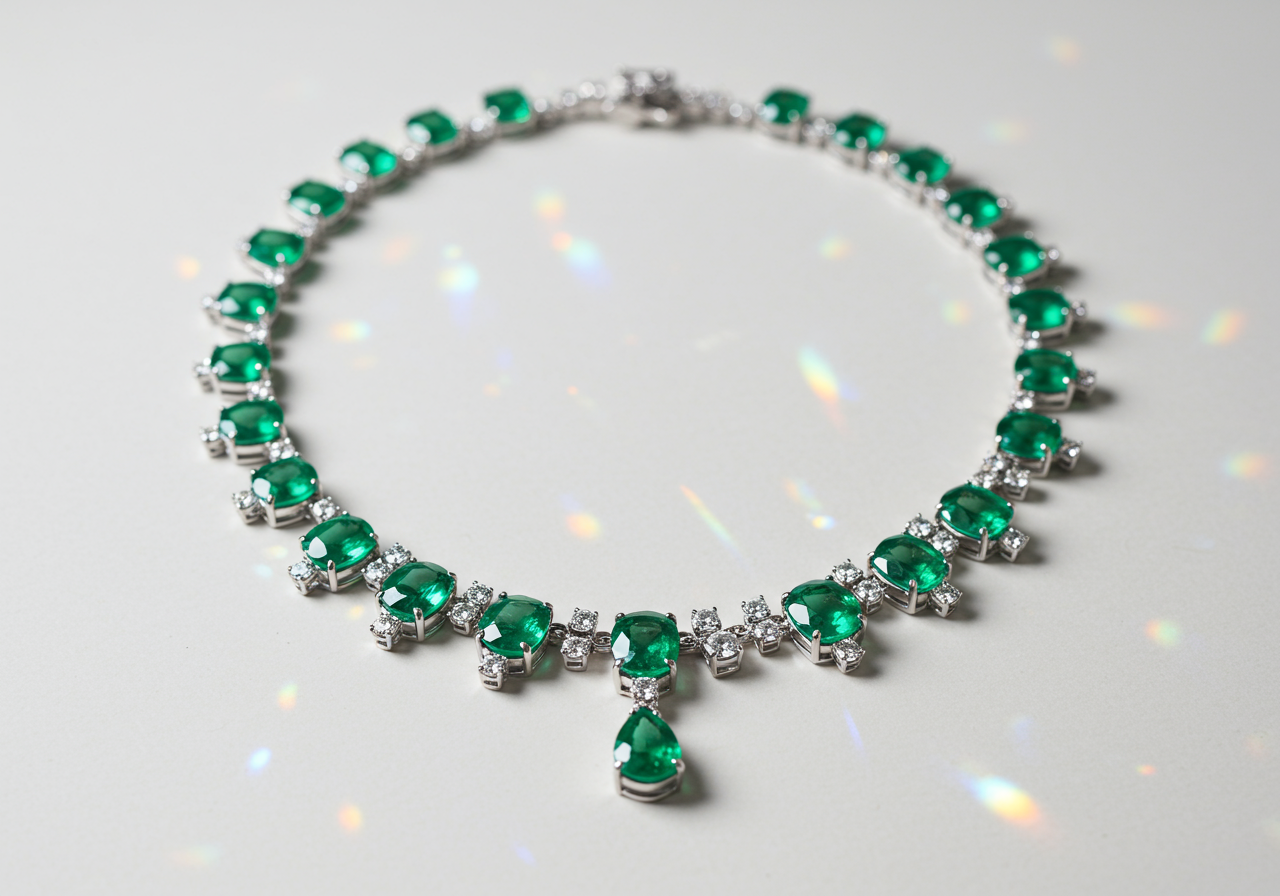
Catherine Opie, The Emeralds, 2010–11, pigment print, “700 Nimes Road Portfolio,” 2010–11.
